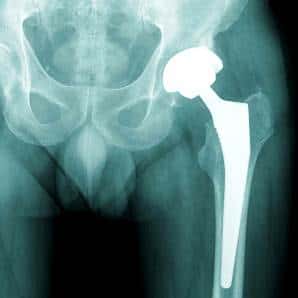Following the recent PIP breast implant scandal, more and more people are becoming concerned about the safety of medical products, including cosmetic products such as implants and medical products such as pacemakers and hip joint replacements. Faulty medical products could cause numerous medical conditions as well as undue stress to the patient and to their family. In every case, there will be more than one choice or type of product available, and so it is your doctor's responsibility to give you all of the information required so that you can make an informed decision on the product that you choose, or whether you choose an alternative treatment route.
Faulty Products
There are literally hundreds of medical products on the market, designed to replace joints, improve the functionality of certain organs and to improve the aesthetic of the body. Drugs, medicines, contraceptive devices and medications and chemical treatments are also counted as medical products. Other potentially faulty products are listed below.
- Hip joint replacements
- Corneal implants
- Heart valves
- Botox and other fillers
- Contraceptive implants and pills
- Knee joint replacements
Before Being Fitted with a Medical Product
Before you undergo surgery, it's important that you have a discussion with your doctor about the pros and cons of the device. If there are alternative products, products made with different materials, alternative treatment options or non-surgical options, it's important that your doctor makes you aware of them so that you can make an informed decision as to whether to go ahead with the surgery or procedure. Equally, if another treatment option could potentially work better, your doctor should make you aware of that option.
If the Product is Faulty
If you suffer with any adverse side effects after being fitted with the product, and you can prove that your illness or injury was caused by the product and that it would not have otherwise occurred anyway, you might be able to make a claim for compensation. Usually, claims will go one of two ways – against the product manufacturer, if there was a fault with the product and/or against the doctor that recommended the product if they failed to give you all of the information needed to make an informed decision.
Products can be faulty in a number of ways, and what the fault is will also dictate who will be included in your claim:
- If the product has failed or is broken, the claim will be against the manufacturer
- If the product was proven to be in safe working order immediately after the manufacturing process and was damaged or broken in progress or storage, the claim will be against the manufacturer and the holders of the product or the storage company
- If the product was proven to be in safe working order but then failed due to an error on behalf of the physician, the claim will be against the medical practitioner, rather than the manufacturer
[box type=”info”]Medical product law is particularly complex as there are so many possible problem areas, so it's vital that you get the right advice from someone well-versed in this aspect of the law.[/box]
[box]If you liked this article, be sure to read my next article “Things You Need to Do Before Making a Medical Malpractice Claim” which will help you streamline the process of making a successful medical malpractice claim.[/box]
